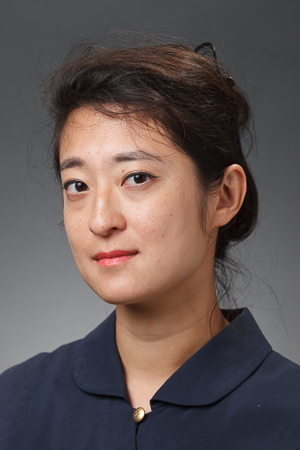Dickinson College
Faculty Profile
Wei Ren
Associate Professor of Art and Art History; The Tamar and Emil '53 Weiss Chair in Asian Art (2015)Contact Information
on sabbatical 2025-26
Weiss Center for the Arts
717-245-1028
Bio
Professor Ren is a specialist in East Asian art. Her research focuses on East Asian modern painting, printmaking, and design history. Her work has appeared in journals such as The Art Bulletin, Archives of Asian Art, and Modernism/modernity Print Plus. She is currently completing her book manuscript titled Art by the Book: Lu Xun, Tao Yuanqing, and the Making of Modern Design in China.
Education
- B.A., Williams College, 2007
- Ph.D., Harvard University, 2015
